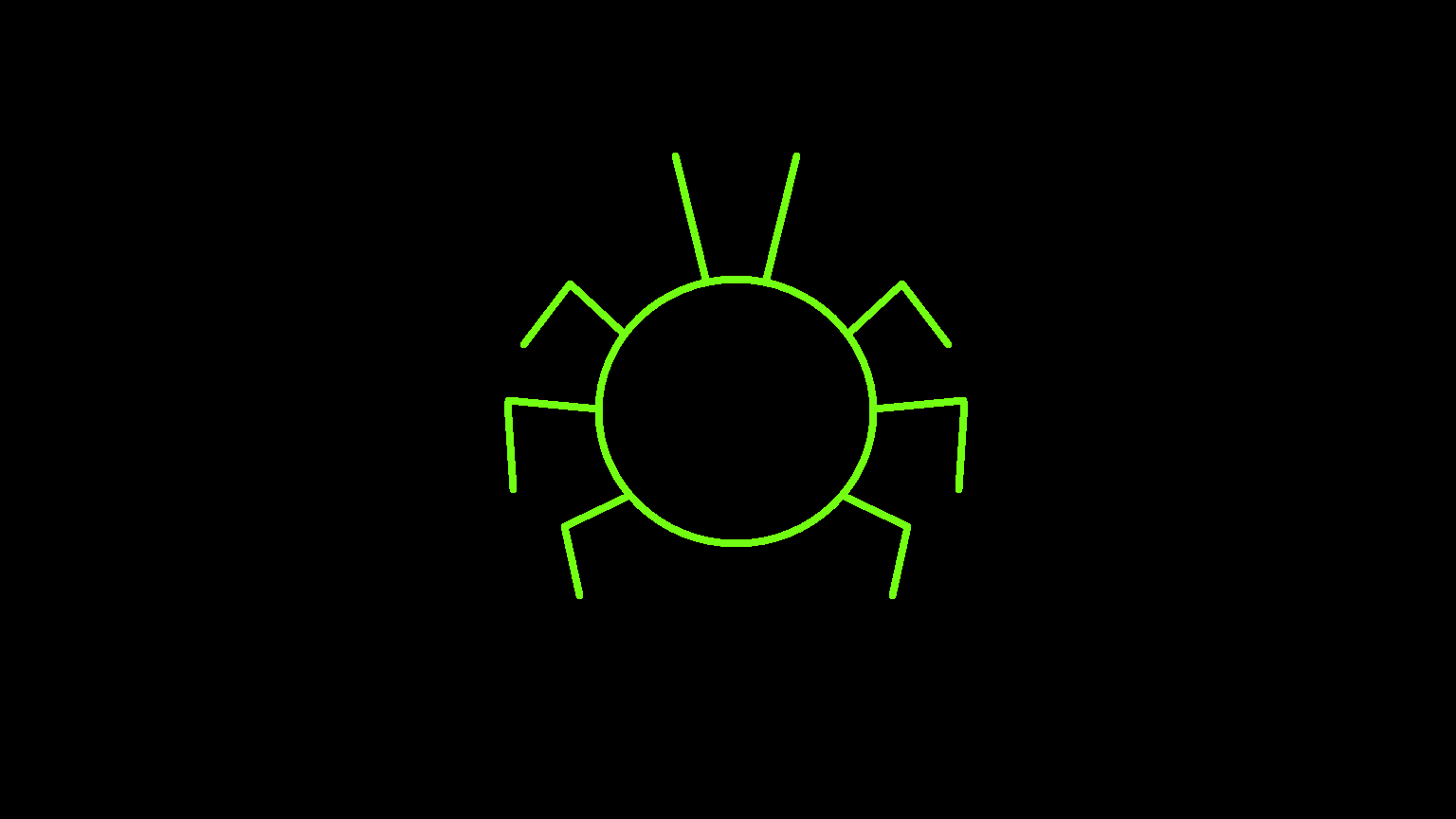
The German cockroach (Blattella germanica), is a species of small cockroach, typically about 1.1 to 1.6 cm (0.43 to 0.63 in) long. In color it varies from tan to almost black, and it has two dark, roughly parallel, streaks on the pronotum running from behind the head to the base of the wings. The German cockroach occurs widely in human buildings, but is particularly associated with restaurants, food processing facilities, hotels, and institutional establishments such as nursing homes and hospitals. They can survive outside as well, though they are not commonly found in the wild.

The Oriental cockroach (Blatta orientalis), also known as the waterbug (as they live in damp areas) or black cockroaches (as their bodies are mostly dark), is a large species of cockroach, adult males being 18–29 mm (0.71–1.14 in) and adult females being 20–27 mm (0.79–1.06 in). It is dark brown, black, dark red in color and has a glossy body. Oriental cockroaches tend to travel somewhat more slowly than other species. They are often called “waterbugs” since they prefer dark, moist places. They can often be found around decaying organic matter, and in sewers, drains, damp basements, porches, and other damp locations. They can be found outside in bushes, under leaf groundcover, under mulch, and around other damp places outdoors.

The American cockroach (Periplaneta americana) is the largest species of common cockroach. Of all common cockroach species, the American cockroach has the largest body size; molts 6–14 times (mostly 13 times) before metamorphosis; and has the longest lifecycle, up to about 700 days. American cockroaches generally live in moist areas but can survive in dry areas if they have access to water. They prefer high temperatures around 84 °F and do not tolerate low temperatures. These cockroaches are common in basements, crawl spaces, cracks and crevices of porches, foundations, and walkways adjacent to buildings.

